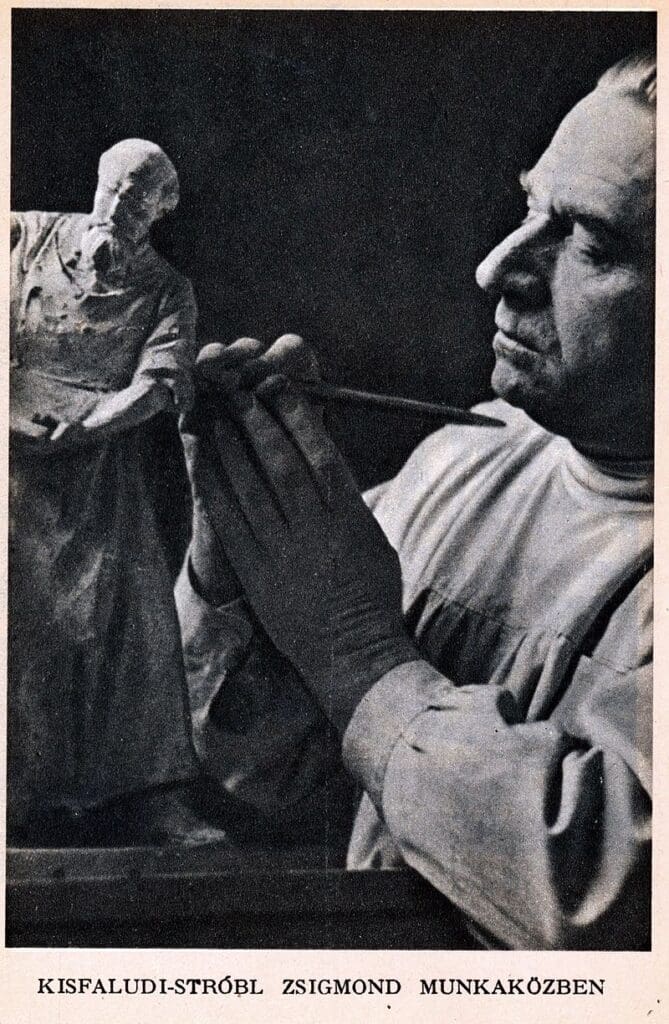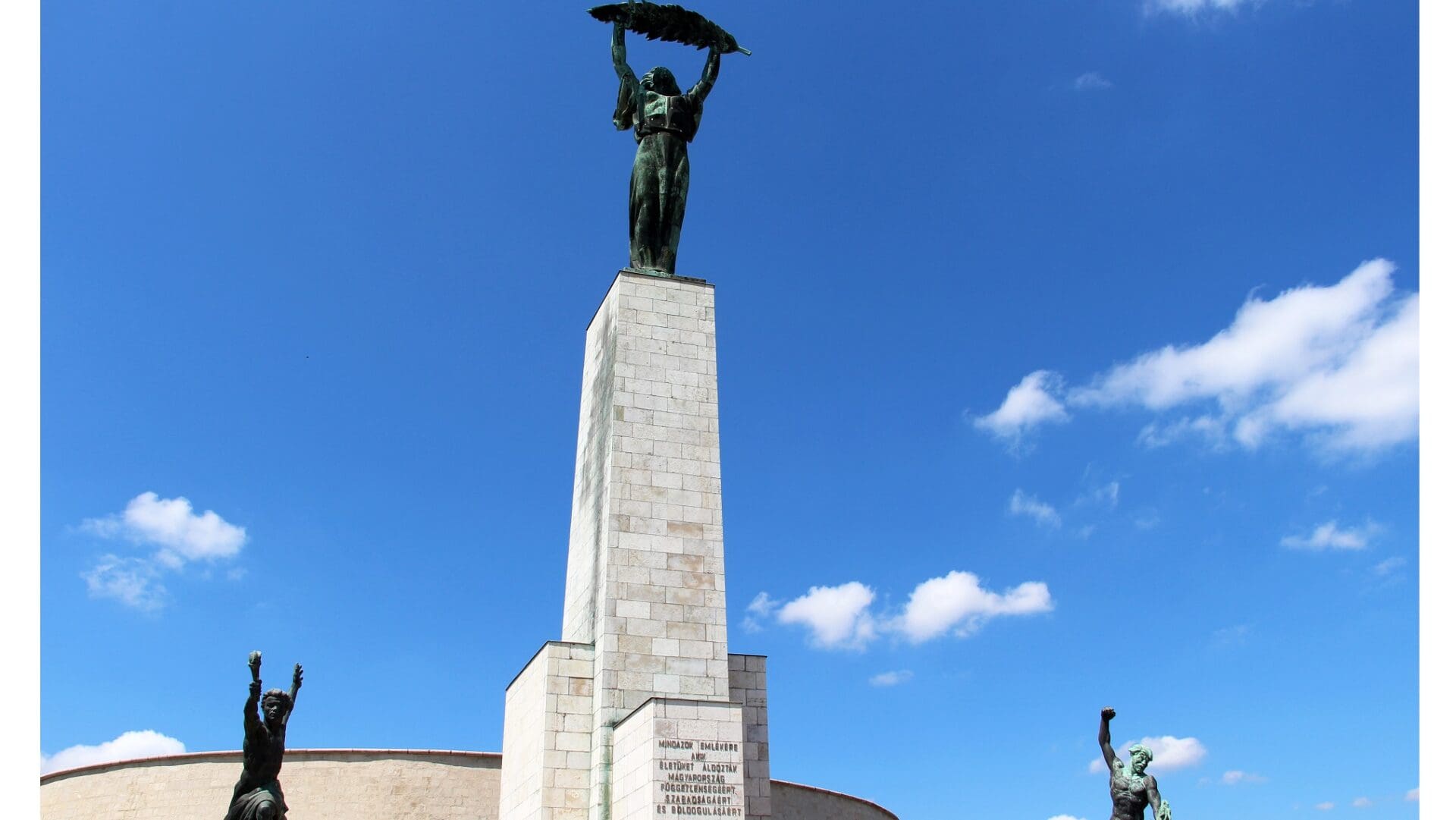One of the most iconic sights in Budapest is the Liberty Statue towering over the city on top of Gellért Hill. The creator of that monument, Zsigmond Kisfaludi Strobl, was born on this very day, 30 June, in 1884.
Strobl hails from Alsórajk, a small village in the Western part of present-day Hungary, part of Austria-Hungary when he was born. His birth name is Zsigmond Simon Strobel, but he used the pseudonym Zsigmond Kisfaludi Strobl in his artistry. He took an intense liking to arts and crafts as a young child—he initially dreamed about becoming a painter or an architect. He recalls the exact moment when he fell in love with sculpting in his autobiography, published in 1923. According to the man himself, a new well was dug in their yard when he was 14, which brought a large amount of fresh, wet clay to the surface. The young Zsigmond started to form figures from the material. ‘That is when I became a sculptor’, Strobl wrote in his memoir.

He was tutored by Lajos Mátrai and Antal Lóránfi at the School of Applied Arts for four years, between 1901 and 1904, and then went to Vienna on a scholarship. During his apprenticeship, he made two nude sketches. Finale, a sculpture composition with three nude figures he made in 1911, earned him the Radics Prize in 1912, which allowed him to travel around Western Europe. Strobl’s first commission to create a publicly displayed monument was a statue of 19th-century bishop and historian Mihály Horváth in 1913, which was eventually erected in Szentes, Hungary in 1934.
His magnum opus, the Liberty Statue on top of Gellért Hill, was completed in 1947
in a remarkably short time, in just two years. Originally, the piece was meant to commemorate the Soviet ‘liberation’ of Budapest in 1945. In fact, it was commissioned as soon as the Nazi occupiers left the city, and were replaced with Soviet ones. Accordingly, the composition originally included the figure of a Soviet soldier proudly carrying the CCCP flag and a machine gun, which was ultimately removed after the regime change. The inscription dedicating the work to the liberating ‘Soviet Heroes’, written in both Hungarian and Russian, was also removed. It was replaced with a new sign which reads:
‘[Dedicated] TO THE MEMORY OF ALL THOSE
WHO
SACRIFICED THEIR LIVES
FOR HUNGARY’S
INDEPENDENCE,
LIBERTY,
AND PROSPERITY’
For his outstanding work in the art of sculpting, Strobl was given the Kossuth Award, one of the highest civilian honours in Hungary, twice: in 1950 and 1953. He also made a composition for the 70th birthday of Soviet dictator Joseph Stalin; and taught at the Hungarian University of Fine Arts for nearly four decades, between 1921 and 1960.
The remarkable artistic talent eventually passed away at the ripe old age of 91, on 14 August 1975 in Budapest.








